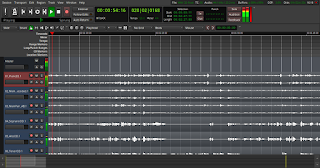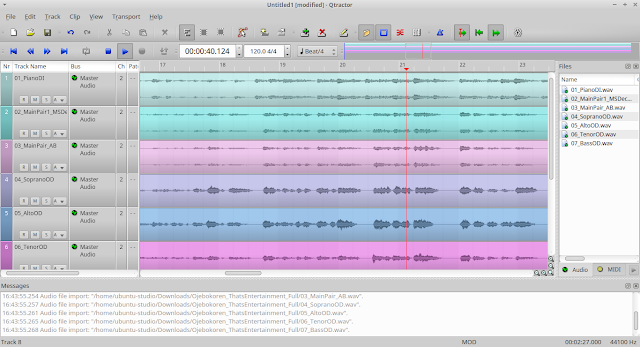These action cameras are great for anything from surfing to skiing, and even as a car dash camera.
Action cameras are durable and work in a lot of situations without having to worrying about damage. They also typically come with a waterproof enclosure, allowing them to record video and take pictures underwater.
There's a variety of different action cameras available, but they don't all record at the same quality. When choosing a camera, you'll need to consider both the resolution and the frame rate. There's no reason to buy a camera with a high resolution of the video won't be smooth due to a low frame rate.
Two good action cameras are the APEMAN Action Camera
Budget Action Cameras
APEMAN Action Camera
The APEMAN Action Camera
The APEMAN Action Camera has a lot of different mounting options available, including adhesive bases and tripod mounts. There's also a waterproof case to film video underwater up to 30m.
The camera captures video on a microSD card, and it supports up to a 32GB card. There are settings to record in 1080p, 720p and WVGA. All the files as saved as an MOV file using H.264 encoding, so they can be edited with most software. It can also take pictures up to 12 MP.
This camera comes with a 1050 mAh battery that allows it to record for up to 120 minutes on a 3 hour charge. The batteries are removable and can charge inside the camera or using a charging dock
The APEMAN action camera doesn't record as smooth as expected, and the video can get blurry if the camera is moved. This is due to it only recording at 30fps. Also, it doesn't fit perfectly within the waterproof case, which can allow the camera to vibrate in some situations. There can also be issues when trying to record in low light.
As far as audio, the APEMAN camera is basically unusable, especially when in the waterproof case. If your plan is to edit the video to music, this isn't too much of a problem.
The APEMAN has a wide angle 170 degree lens, but this produces a little bit of image distortion. It would be better to have a narrower field of view than the image distortion.
SJCAM SJ5000x Elite
The SJCAM SJ5000x Elite
The SJ5000X is powered by a 900 mAh lithium battery, which is slightly less than that of the APEMAN camera. This battery is replaceable and fits within a battery compartment in the bottom of the camera. This battery can only record up to 80 minutes on a charge, which is fairly respectable, but we recommend purchasing additional batteries for longer filming.
To control this camera there are buttons on the side, top, and front which allow you to navigate a menu on the screen. There's also built-in wifi to control the camera. Connect an Android or iOS phone to the camera and use an app to change the settings.
The SJ5000X Elite is able to record in 4K at 24 fps, or in 2K at 30 fps. Keep in mind that the 4K resolution is actually 2880x2160, which is a 4:3 ratio, instead of the normal 16:9 ratio. It is able to record at 1920x1080 at 60 fps. We would recommend recording at this resolution. The higher frame rate would provide a much better quality and smoother video than the higher resolution with the low frame rate. Additionally, the 4:3 4K video would probably need to be cropped to achieve a 16:9 ratio on most platforms.
The camera captures video on a microSD card. It's able to use up to a 64 GB cars, which is quite a bit better than the 32 GB limitation of the APEMAN camera. It's also able to record in both MP4 and MOV file formats.
There is a 2” LCD screen on the back of the camera to preview and play back the video. There's also a speaker on the side of the camera. The camera can also connect via HDMI to a monitor, or to computer through microUSB.
Not only can the SJ5000X Elite record video, but it can also take images up to 12 MP.
The SJ5000X has superior video to the APEMAN camera, but this is reasonable considering the price difference. The camera has a few options for field of view, allowing it to record at 170, 140, 110, and 70 degrees. The wide 170 degree field of view is great for a lot of sports applications, but isn't appropriate for most videos. The 60 fps video creates much smoother motion allowing for crisp video during a fast-paced action shot. The camera quality is also sharper, and the camera fits inside the waterproof shell better than the APEMAN.
The SJCAM SJ5000x Elite is a great competitor to the GoPro HERO4
There's also a difference in audio quality, even in the waterproof shell, the GoPro Hero4 is still able to pick up decent sound. In contrast, the SJ5000x doesn't capture a very loud audio signal when in the case. Since most action videos are edited to music and don't use the audio this isn't too much of an issue, and the case can always be removed if audio is a priority.
Both the APEMAN Action Camera















